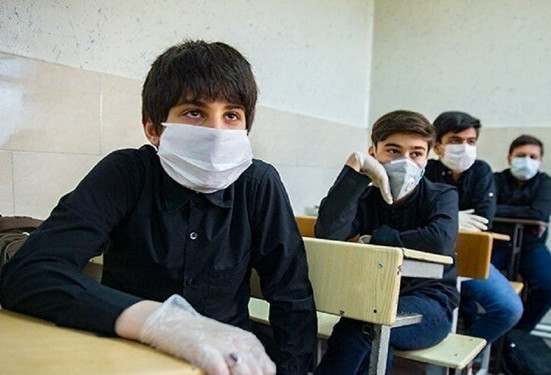Released Date
2022-04-12 | 12:16:00Working group : Forced and asylum related migration
The roots of increasing acceptance of international schools in the world and Iran

The expansion of international schools (international education before entering the university) is one of the phenomena that has made the international competition to attract global talents more difficult. Although the majority of educational migrations in the past took place at university levels, the expansion of international schools around the world can be seen as one of the emerging trends in the field of international education.
The roots of
increasing acceptance of international schools in the world and Iran
The existence
of 2584 international schools by the year 2000 in the world
The expansion of international
schools (international education before entering the university) is one of the
phenomena that has made the international competition to attract global talents
more difficult. Although the majority of educational migrations in the past
took place at university levels, the expansion of international schools around
the world can be seen as one of the emerging trends in the field of
international education.
International schools were initially
created to meet the needs of a small portion of the English-speaking immigrant
population in non-English-speaking countries who wanted to raise their children
with the English language and western ideals, but the expansion of the market of
these schools, forced the native families, who were often rich and wanted their
children to study in their homeland and also in an international environment,
to enroll their children in such schools.
Nowadays the market of international
schools has expanded more. ISC research represents that by the year 2000, there
were 2584 international instructors around the world, which hosted
approximately 988 thousand students and 90 thousand teaching staff. Spain,
United Arab Emirates, Hong Kong and Thailand were among the countries that
dominated the market at that time.
Availability policies of new international schools for the indigenous of the
countries
The increasing
demand and desire of families for their children to study in international
schools is known as one of the main reasons for the rapid expansion of
international schools in the world. Currently, many families from different
countries who may not be in the highest income classes are willing to enroll
their children to study in an international school; because they know that this may increase the
chances of getting a reliable university position for their children. Also, teaching
in English and increasing access to global job opportunities are other reasons
that have made such schools attractive all over the world.
Although many
international schools in the world are established with the aim of meeting the
educational needs of settled immigrants, the improvement of the economic status
of the countries has accelerated to this global movement. Today, international
education at the school level is on the priority list of many families who can
afford it. The result of this is that many new international schools are
matching their costs with the income of local families and increasing the
accessibility of local people to these schools.
A tendency to study in multilingual schools in Iran; The weak role of
academic motivations
Although the
emergence and expansion of international schools in Iran, can indicate the
continuation of this global trend, the commodification of education and the
provision of educational needs of students who have been abroad and have now
returned to the country, but the increasing desire of Iranian families to
educate their children in international and multilingual schools should be
explored from another view. In fact, the increase of this desire should be attributed to the change in
Iranian families' immigration behavior; A behavioral change that its signs can be clearly seen in
Iranian society and families. In other words, this change in immigration behavior has caused many
families who have financial ability to prepare their children to migrate abroad
from an early age by placing them in an international environment due to
despair about their children's educational future. An issue that can be a warning for educational
migration in childhood and adolescence in Iranian society, an emerging
phenomenon in which educational motivations seem to play a smaller role.
- ICEF. (2021, November 19). Tracking fundamental shifts in the international school’s market. ICEF Monitor - Market Intelligence for International Student Recruitment. https://monitor.icef.com/2021/11/tracking-fundamental-shifts-in-the-international-schools-market/
User Comments
- There is no comment!